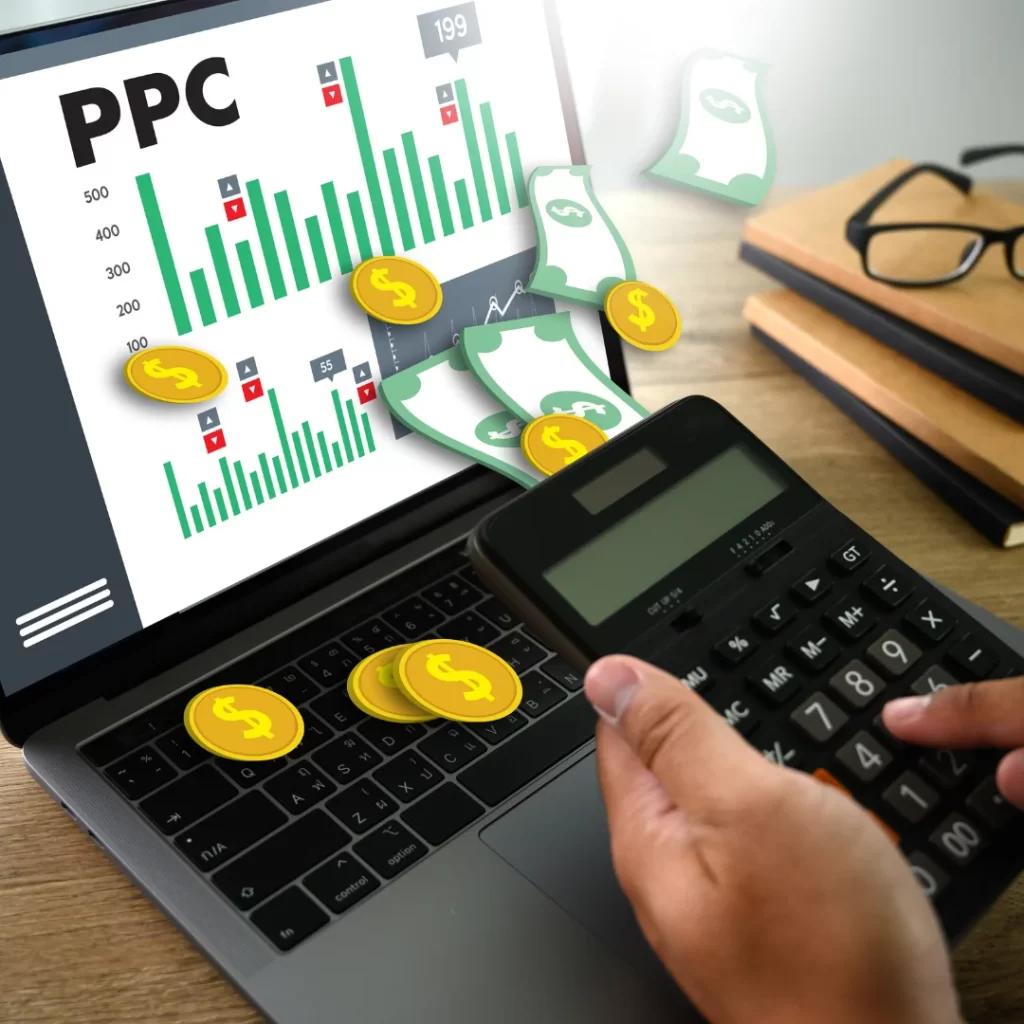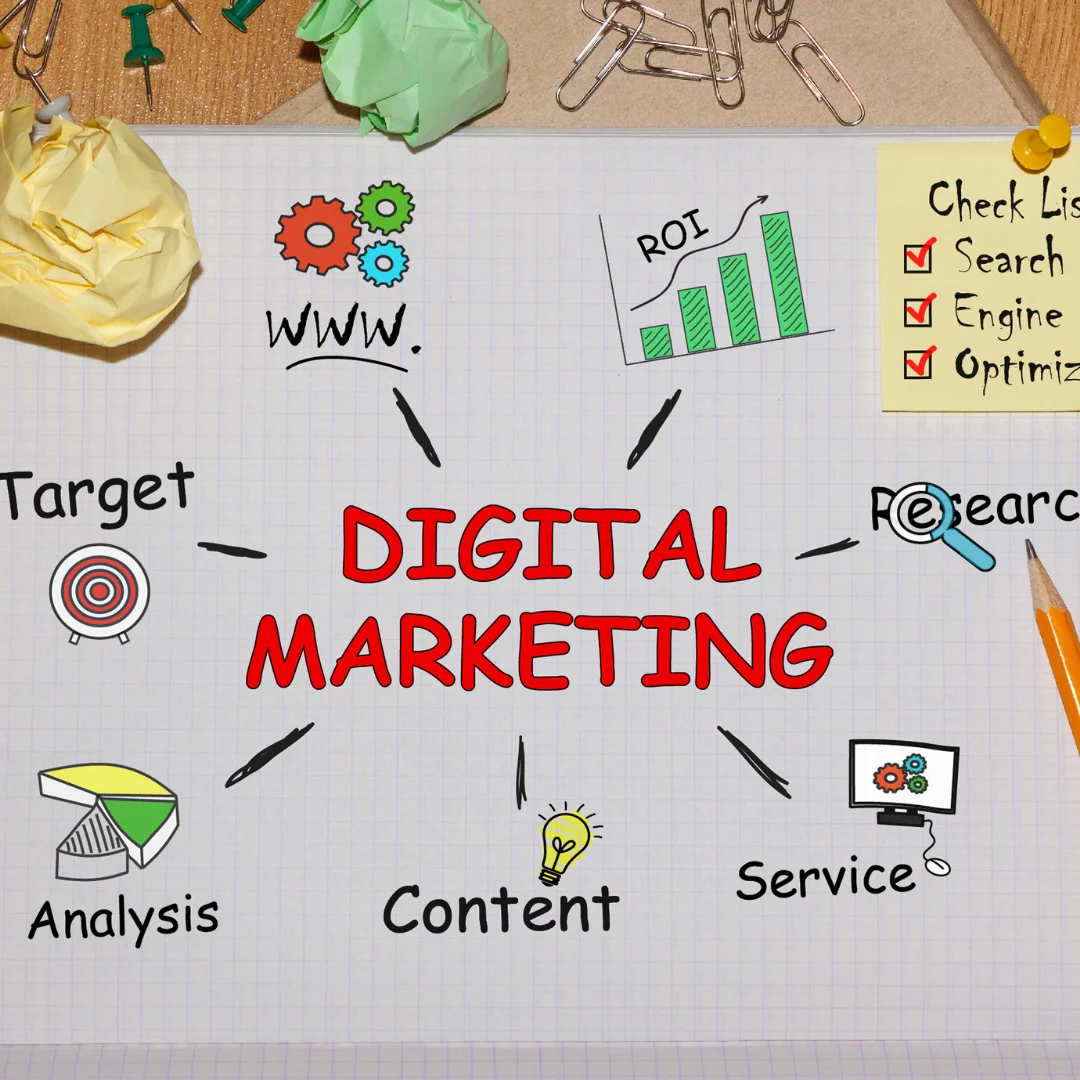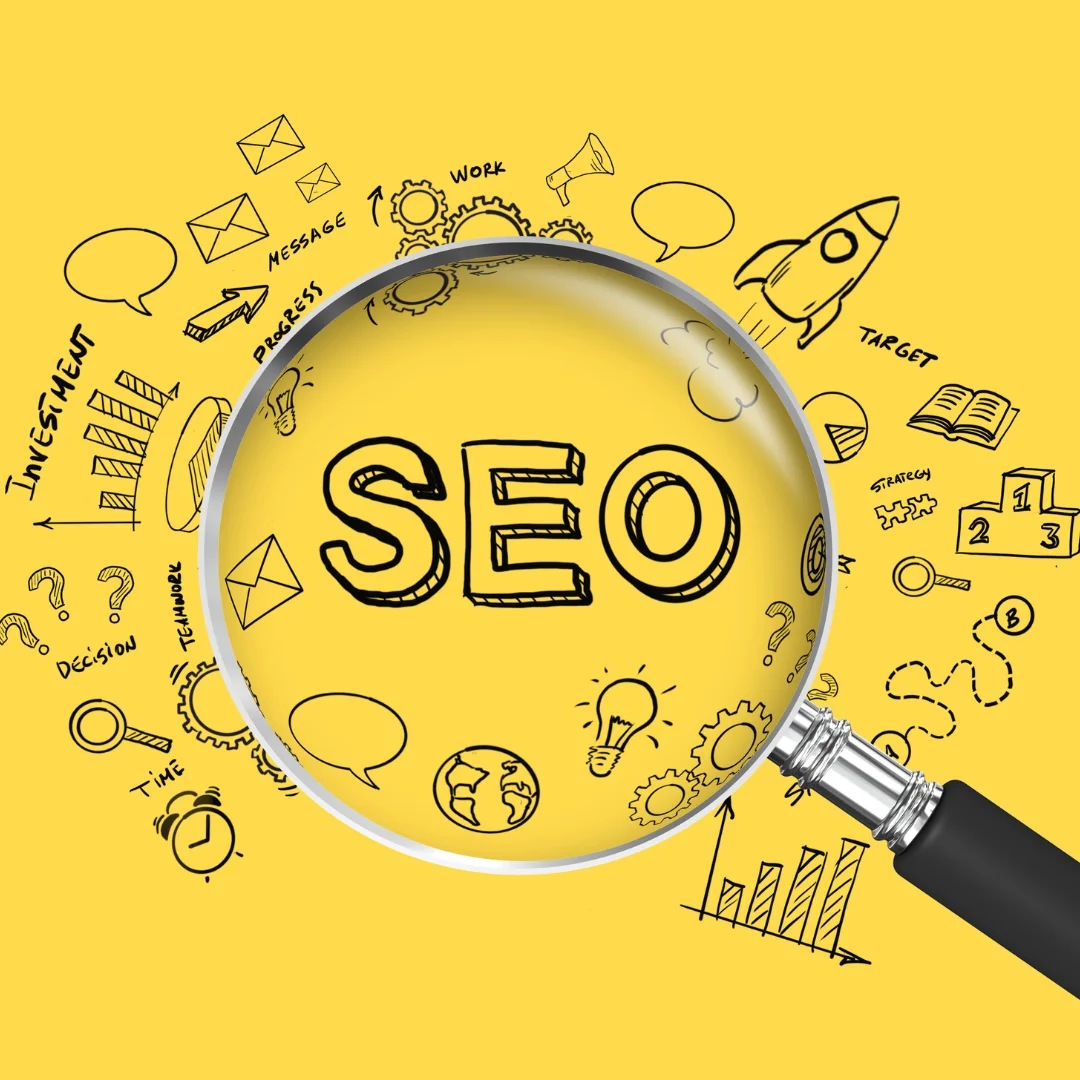Let’s cut to the chase: PPC isn’t going anywhere. In fact, in 2025, it’s alive, well, and probably more essential than your morning coffee. If you’re looking to dominate Google Ads this year, sit tight because we’re diving headfirst into the chaotic, yet oh-so-rewarding world of pay-per-click campaigns.
Understanding PPC Campaigns
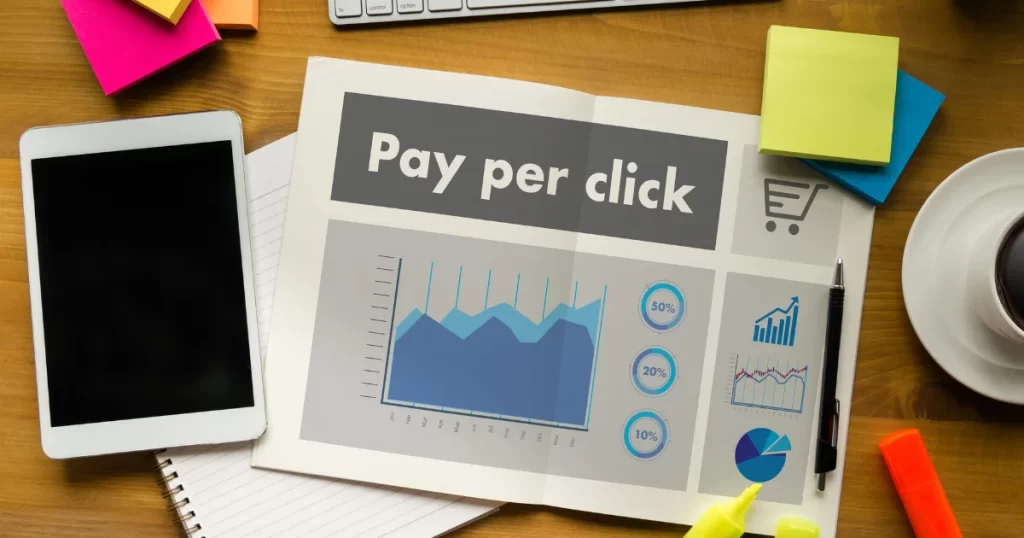
Let’s break down PPC—because throwing around acronyms without context is what got us into this mess called “corporate speak” in the first place. Pay-per-click (PPC) is a digital marketing model where advertisers pay a fee every time someone clicks on their ad. Essentially, you’re renting space on the internet, one click at a time. It’s like setting up a lemonade stand on a busy street corner and paying the city for every customer who decides to stop and buy a drink.
Why should you care about PPC? Because it’s the engine powering digital advertising. PPC campaigns drive targeted traffic, generate leads, and, most importantly, convert clicks into cold, hard cash. Google Ads remains the kingpin of PPC platforms, but don’t sleep on alternatives like Bing Ads (yes, Bing is still a thing), Facebook Ads, and Amazon Ads, depending on your audience.
How Does PPC Work?
Imagine you’re bidding at an auction, but instead of art or antiques, you’re bidding for visibility on Google search results. When a user types a query that matches your keywords, an auction happens instantly. If your bid and ad quality score are good enough, your ad gets prime real estate on the search results page. If not? Well, better luck next time.
But it’s not just about bidding the highest amount. Google factors in your ad’s relevance and quality. This means even small businesses with tight budgets can compete with bigger players if they play their cards right.
Why Is PPC So Critical in 2025?
The digital marketing landscape has become a battlefield. With algorithms constantly changing, organic reach is about as reliable as a weather forecast. PPC ensures you stay visible amidst the chaos. It’s not just a luxury; it’s a necessity to remain competitive in a saturated market.
Campaign Structure and Budget Management
Running a PPC campaign without a clear structure is like trying to assemble IKEA furniture without instructions—you’ll end up with a mess and a lot of regret. Here’s how to create a bulletproof campaign structure that saves your sanity and your wallet.
Breaking Down the Hierarchy
- Accounts
Think of your Google Ads account as the headquarters of your advertising empire. It’s where all the magic happens, from setting budgets to analyzing performance. - Campaigns
Campaigns are the categories under which your ads are grouped. Each campaign should have a specific goal—whether it’s brand awareness, lead generation, or selling out your limited-edition avocado slicers. - Ad Groups
These are the subdivisions within campaigns. For example, if you’re running a campaign for a shoe store, you might have ad groups for “Men’s Running Shoes,” “Women’s Sandals,” and “Kids’ Sneakers.” This granular approach ensures your ads are highly relevant to specific searches.
Budget Management 101
Let’s talk money because PPC isn’t a charity. Start by determining your overall marketing budget and allocate a portion to PPC. Within that, distribute funds based on campaign goals. High-performing campaigns deserve more budget, while underperforming ones should either be optimized or cut loose.
And remember: Always keep an eye on your return on ad spend (ROAS). If you’re spending $10 to make $1, something’s gone horribly wrong.
Keyword Research Strategies for Successful Campaigns
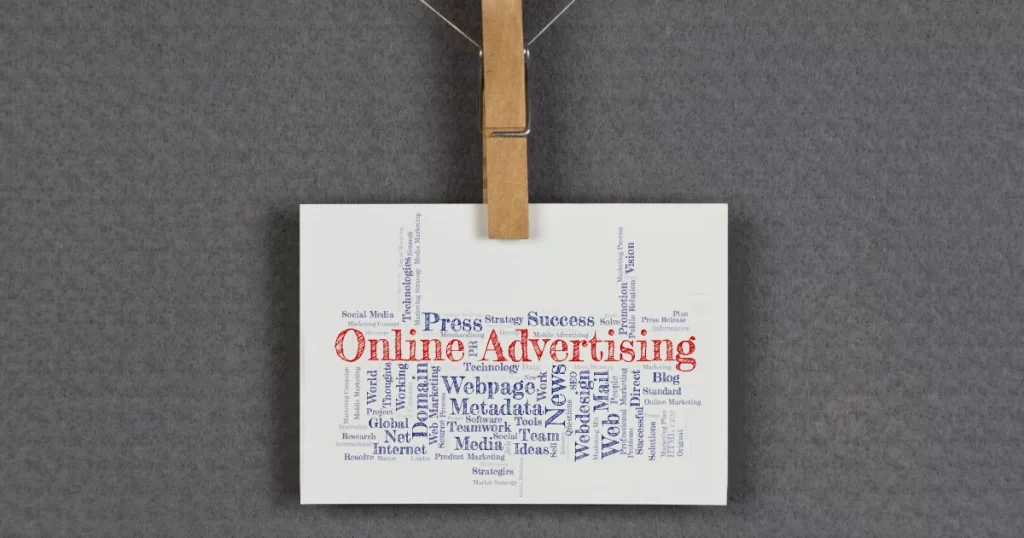
Keywords are the foundation of any PPC campaign. Get them right, and you’re golden. Get them wrong, and you might as well be setting your money on fire.
The Science of Keyword Research
Keyword research isn’t just about finding popular search terms. It’s about understanding user intent. Are they looking for information? Ready to buy? Comparing options? Match your keywords to their journey for maximum impact.
Types of Keywords You Need:
- Short-Tail Keywords: Broad terms like “running shoes.” High volume but fiercely competitive.
- Long-Tail Keywords: Specific phrases like “best running shoes for flat feet.” Lower volume but higher conversion rates.
- Negative Keywords: Terms you don’t want to trigger your ads. For example, if you’re selling luxury watches, you might exclude “cheap watches.”
Tools of the Trade
- Google Keyword Planner: The OG of keyword research tools.
- SEMrush: Great for competitive analysis.
- Ahrefs: Ideal for uncovering long-tail keywords.
Pro tip: Don’t just rely on tools. Use common sense and think like your target audience. What would you type into Google if you were looking for your product?
Crafting Compelling Ad Copy That Converts
Your ad copy is your digital pick-up line—it needs to grab attention, spark interest, and convince users to take action. Mediocre copy gets ignored. Great copy? That’s how you win the PPC game.
The Anatomy of a High-Performing Ad
- Headlines:
Your headline is the first thing people see, so make it count. Use numbers, questions, or bold statements to pique curiosity. For example:- “5 Reasons Our Running Shoes Outpace the Competition”
- “Tired of Flat Feet Pain? We’ve Got You Covered!”
- Descriptions:
Highlight the benefits, not just the features. Instead of saying, “Our shoes are lightweight,” say, “Run faster and longer without feeling weighed down.” - Call-to-Actions (CTAs):
A strong CTA can make or break your ad. Use action-oriented language like:- “Shop Now”
- “Claim Your Discount Today”
- “Find Your Perfect Pair in Seconds”
Tips for Writing Killer Copy
- Be Specific: Vague promises don’t sell. “Save 50% on running shoes this weekend only” is better than “Great deals on shoes.”
- Use Power Words: Words like “exclusive,” “proven,” and “guaranteed” tap into emotions and build trust.
- Test, Test, Test: A/B test different headlines, descriptions, and CTAs to see what resonates best with your audience.
Bid Strategies and Bid Adjustments for Optimal Performance

The great PPC debate: manual vs. automated bidding. It’s like choosing between cooking dinner yourself or ordering takeout. Manual gives you control, but automated lets you sit back and relax while the algorithms do the heavy lifting. In 2025, AI-driven bidding strategies are the crown jewel of PPC campaigns, and you’d be a fool not to leverage them.
Manual Bidding: The Control Freak’s Paradise
Manual bidding is perfect for those who like to keep their hands on the wheel. It allows you to set maximum CPC (cost-per-click) for individual keywords. If you’re a numbers nerd who loves tweaking bids for ultimate efficiency, this is your jam. But beware: it’s time-consuming and unforgiving if you’re not meticulous.
Automated Bidding: The Smart Way to Scale
Google’s automated bidding strategies are like hiring a butler—efficient, reliable, and great at making your life easier. Here are the heavyweights:
- Target ROAS (Return on Ad Spend): Ideal for squeezing maximum profit out of every dollar spent. Google adjusts bids to achieve your desired ROAS.
- Maximize Conversions: Hands-off and perfect for campaigns focused on driving leads or sales. Google optimizes bids for clicks most likely to convert.
- Enhanced CPC (ECPC): A middle ground for control freaks who want a taste of automation. Google adjusts your manual bids slightly to improve conversion likelihood.
Bid Adjustments: Because Not All Clicks Are Created Equal
Bid adjustments let you fine-tune performance based on specific variables like device type, location, time of day, and even demographics. If mobile users convert at a higher rate, increase your bids for mobile traffic. If a particular city loves your product, show them some extra love by boosting your budget there.
Landing Page Optimization Techniques to Boost Conversions
You’ve paid for the click, so don’t blow it with a landing page that looks like it was built in 2008. A poorly optimized landing page is like inviting someone to dinner and serving them cold soup in a dirty bowl.
Relevance: Deliver on Your Ad’s Promise
If your ad promises “50% off running shoes,” your landing page better scream the same message. Mismatched messaging is the fastest way to lose a potential customer. Keep your headlines, copy, and offers tightly aligned with the ad that got the click.
Design: Clean, Mobile-Friendly, and Intuitive
Your landing page design should be as smooth as butter. This means:
- A clean layout with plenty of white space.
- Mobile-responsive design (because nobody likes pinching and zooming).
- Fast loading times (3 seconds or less, or you’re toast).
CTAs: Clear, Compelling, and Unmissable
Your call-to-action should hit users like a flashing neon sign. Use action-oriented language and make your CTA button impossible to miss. Examples:
- “Get Your Discount Now”
- “Claim Your Free Trial”
- “Stop Wasting Time—Sign Up Today”
A/B Testing: The Secret Sauce
Never settle for one version of your landing page. Test everything—headlines, images, button colors, layouts, and even the tone of your copy. Data from A/B tests can reveal surprising insights that lead to higher conversions.
Utilizing Ad Extensions Effectively to Enhance Visibility and Click-Through Rates
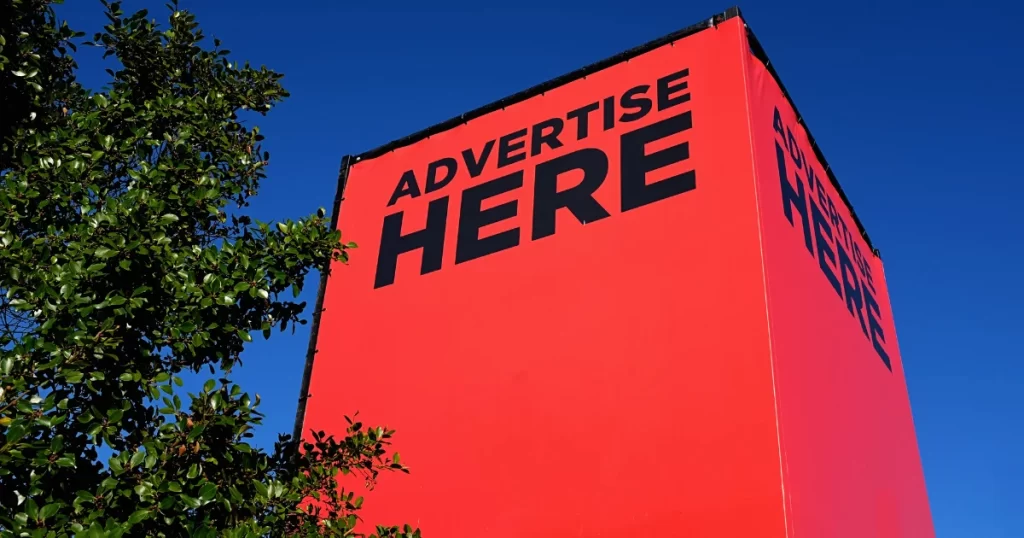
Ad extensions are like the cherry on top of a PPC sundae. They enhance visibility, build credibility, and give users more reasons to click. If you’re not using them, you’re leaving money on the table.
Types of Ad Extensions That Rock
- Sitelink Extensions: Provide additional links to specific pages on your website. For instance, if you’re advertising a clothing sale, add links to “Men’s Apparel,” “Women’s Apparel,” and “Kids’ Apparel.”
- Callout Extensions: Highlight unique selling points like “Free Shipping,” “24/7 Support,” or “Made in the USA.”
- Structured Snippets: Give users a sneak peek of your offerings. Example: “Styles: Casual, Formal, Athletic.”
- Call Extensions: Add a clickable phone number to your ad, perfect for mobile users who want to contact you directly.
- Location Extensions: Show your business address for local searches, boosting foot traffic.
How Ad Extensions Improve Performance
Ad extensions make your ads more informative and visually appealing. They also increase your ad’s real estate on the search results page, making it harder for users to ignore you. Plus, Google loves ads with extensions, often rewarding them with higher rankings and better quality scores.
Performance Tracking and Analytics for Continuous Improvement
PPC isn’t a “set it and forget it” game. It’s a never-ending cycle of optimization. To win, you need to track performance metrics like your life depends on it—because, in the PPC world, it kind of does.
Key Metrics to Watch Like a Hawk
- CTR (Click-Through Rate): The percentage of people who clicked your ad after seeing it. A low CTR means your ad copy or targeting needs work.
- Quality Score: Google’s way of telling you how relevant and useful your ads are. A high-quality score lowers your cost-per-click.
- Conversion Rate: The percentage of clicks that result in a desired action (purchase, sign-up, etc.).
- Cost Per Acquisition (CPA): The amount you’re spending to acquire a single customer. Lowering your CPA is the holy grail of PPC.
Tools for Tracking and Analysis
- Google Analytics: Dive into user behavior, traffic sources, and conversion paths.
- Google Ads Dashboard: Monitor campaign performance and make real-time adjustments.
- Third-Party Tools: Platforms like SEMrush and HubSpot offer advanced analytics and insights.
The Optimization Loop
- Analyze: Review your data to identify strengths and weaknesses.
- Adjust: Tweak bids, keywords, ad copy, and landing pages based on performance.
- Test: Run experiments to see what works best.
- Repeat: PPC success isn’t a destination; it’s a journey.
Mobile Optimization Strategies for the Future of PPC Advertising on Google
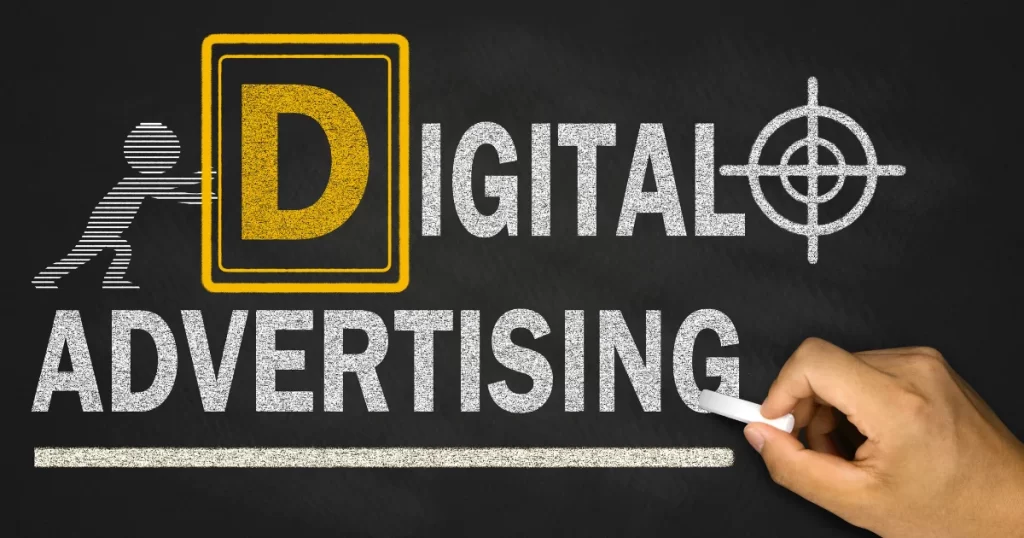
By 2025, mobile optimization isn’t just an option; it’s a survival tactic. If you’re still clinging to desktop-first strategies, let me save you some time: stop. Mobile is where your audience lives, shops, and occasionally doom-scrolls at 2 a.m. To win the PPC game on Google, you need to make mobile your BFF.
Responsive Design: Make It Fit Like a Glove
Your ads and landing pages must look impeccable on every device. A responsive design ensures that your site automatically adjusts to different screen sizes without breaking a sweat—or your layout. Think of it as stretchy pants for your website: functional, comfortable, and universally flattering.
- Why It Matters: Nearly 60% of PPC traffic comes from mobile devices. If your site looks like a jigsaw puzzle on a smartphone, you’ve already lost the battle.
- Pro Tip: Test your website on various devices to ensure a seamless experience. Don’t just rely on simulators—grab a few actual phones and tablets to see how things look in real life.
Lightning-Fast Load Times
Here’s a hard truth: if your page takes more than three seconds to load, most users will bounce faster than a toddler on a sugar high. In the PPC universe, speed isn’t just a luxury; it’s a necessity.
- Optimization Tactics:
- Compress images without sacrificing quality.
- Use a content delivery network (CDN) to serve your site faster across regions.
- Minimize unnecessary scripts and plugins.
- Data Speaks: Google reports that a one-second delay in mobile load time can reduce conversions by up to 20%.
Voice Search: The Silent PPC Revolution
“Hey Google, find me the best PPC agency near me.” This isn’t just how people talk—it’s how they search. Voice search has exploded, and optimizing for it could give you a serious edge.
- How to Optimize:
- Focus on long-tail keywords and conversational phrases.
- Use structured data to help Google understand your content better.
- Include FAQs on your landing pages to match natural language queries.
- Why It’s Vital: Over 50% of mobile users engage in voice search. Ignore this trend, and you’re waving goodbye to a chunk of potential traffic.
Mobile-Specific CTAs: Clear, Bold, and Thumb-Friendly
Your call-to-action buttons should be so enticing and easy to tap that users can’t resist. Remember, mobile users are scrolling with their thumbs—make their job effortless.
- Design Tips:
- Use large, easy-to-press buttons.
- Place CTAs above the fold.
- Use contrasting colors to make them pop.
Conclusion: Your Path to Success With Google Ads in 2025 and Beyond
Mastering PPC in 2025 isn’t just about keeping up with trends—it’s about staying three steps ahead. The digital advertising landscape is ruthless, and complacency is the death knell. But fear not! With the strategies we’ve covered, you’ll be armed to the teeth with knowledge, wit, and the kind of savvy that leaves your competitors trembling in their overpriced marketing boots.
The Final Checklist for PPC Domination
- Embrace AI: Let Google’s automated bidding strategies do the heavy lifting.
- Optimize for Mobile: Every click and conversion hinges on a flawless mobile experience.
- Experiment Relentlessly: A/B test everything—ads, landing pages, CTAs.
- Track Metrics Like a Hawk: CTR, Quality Score, CPA—know them, love them, improve them.
- Never Stop Learning: PPC evolves faster than a caffeinated cheetah. Stay sharp.
So, what’s next? You take the insights, strategies, and borderline-obsessive optimization tips from this post and turn them into action. Remember: PPC success isn’t a one-time achievement—it’s a perpetual grind. But with a solid game plan and a willingness to adapt, you’ll be swimming in clicks, conversions, and revenue in no time.
Now, go forth and conquer the PPC battlefield. And if you stumble? Don’t worry—Google Ads is always happy to take more of your money while you figure things out.

